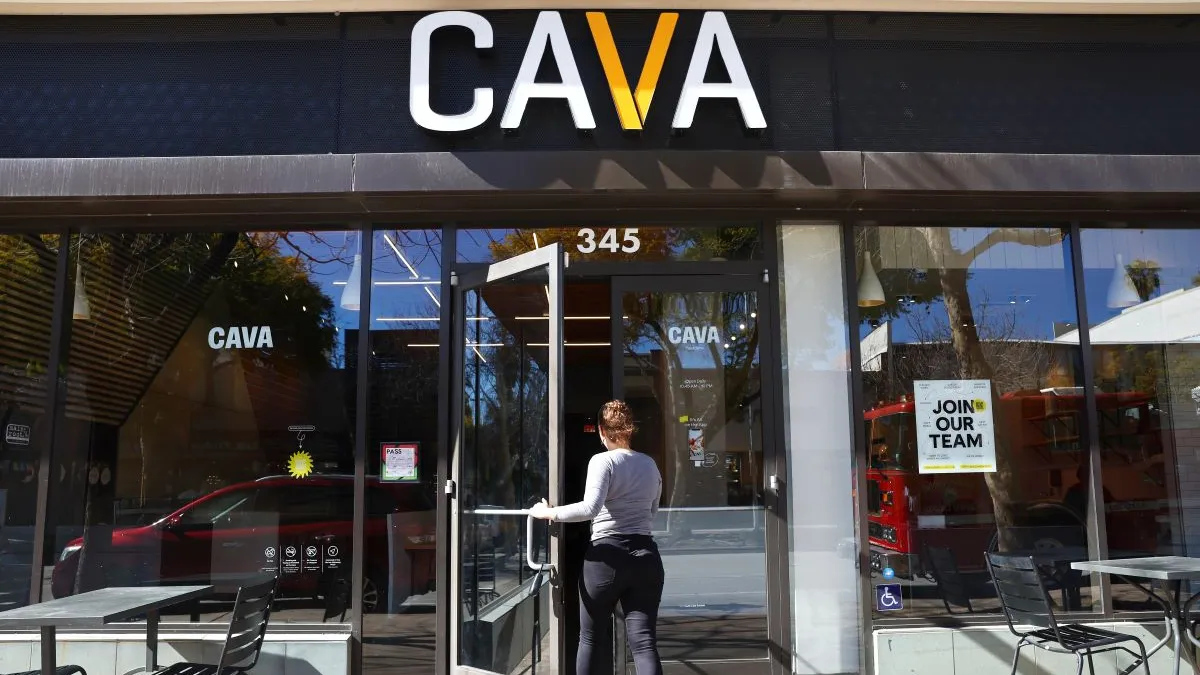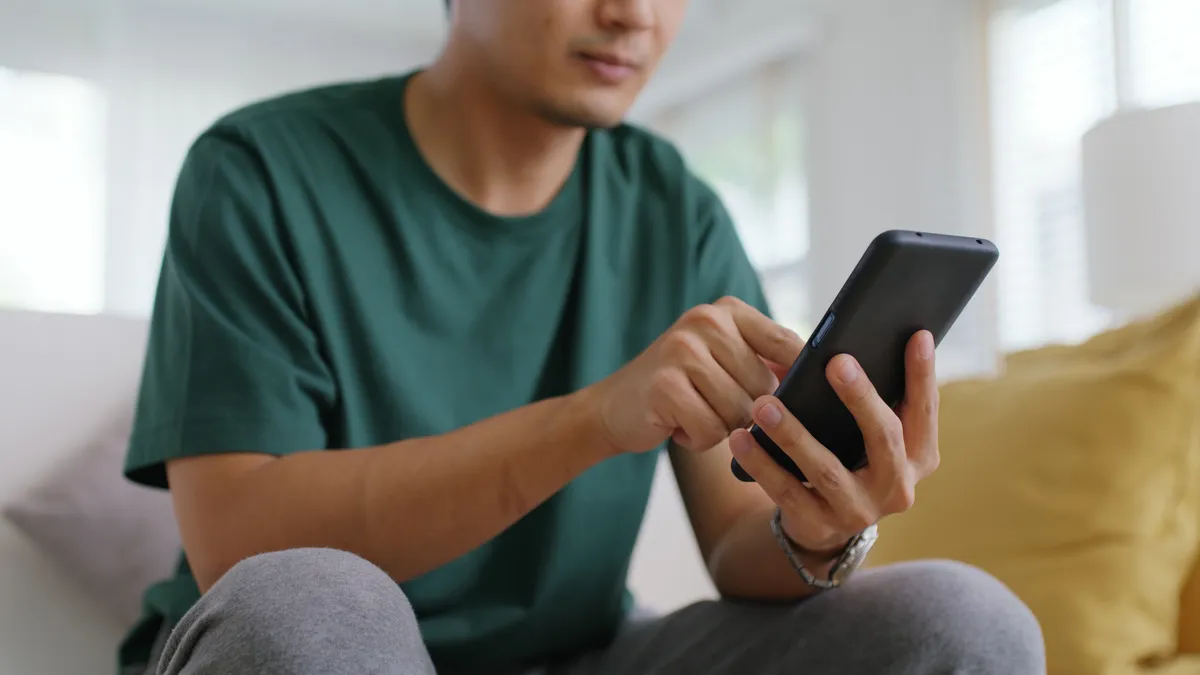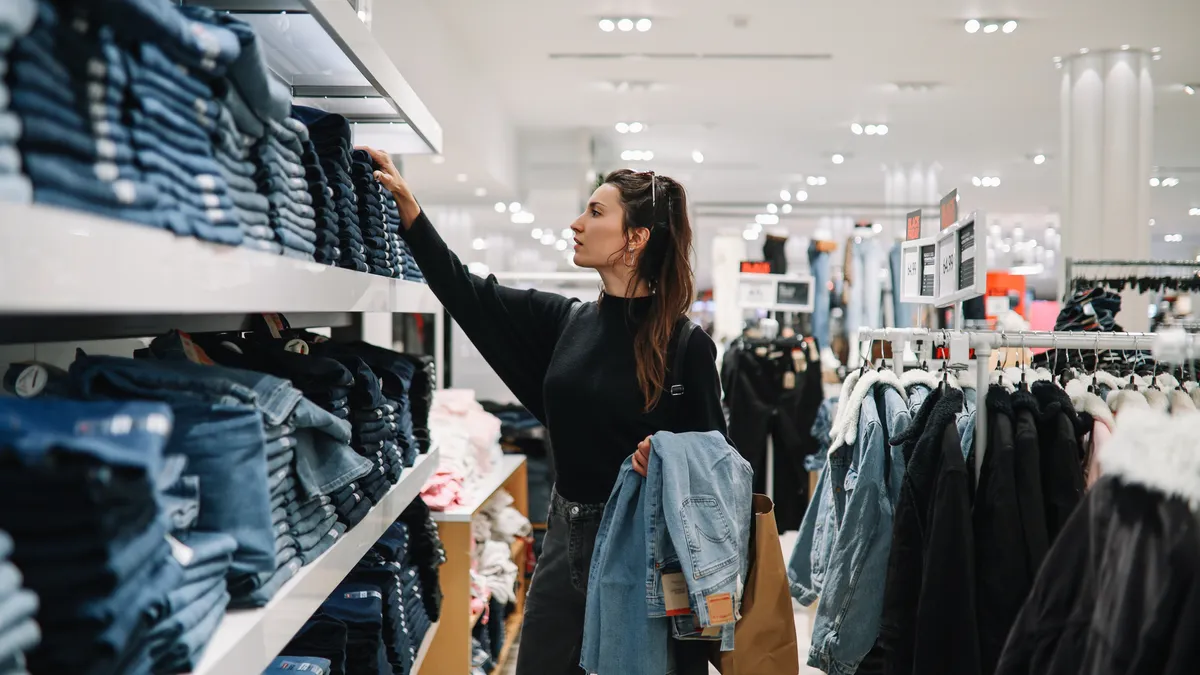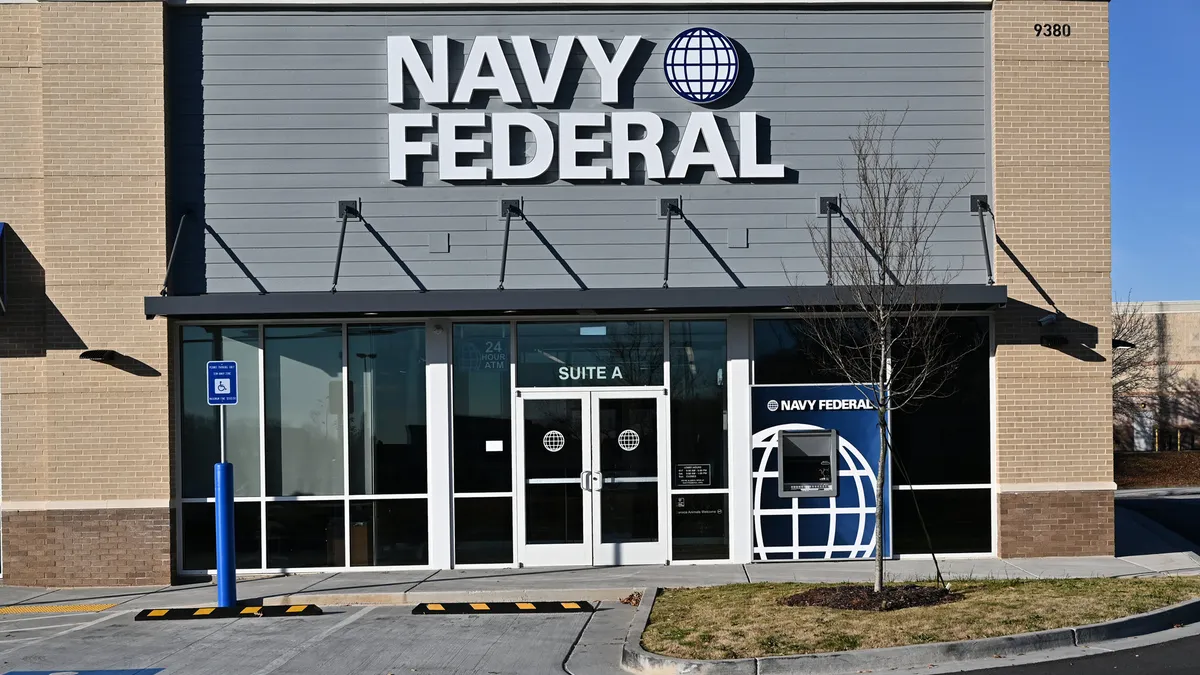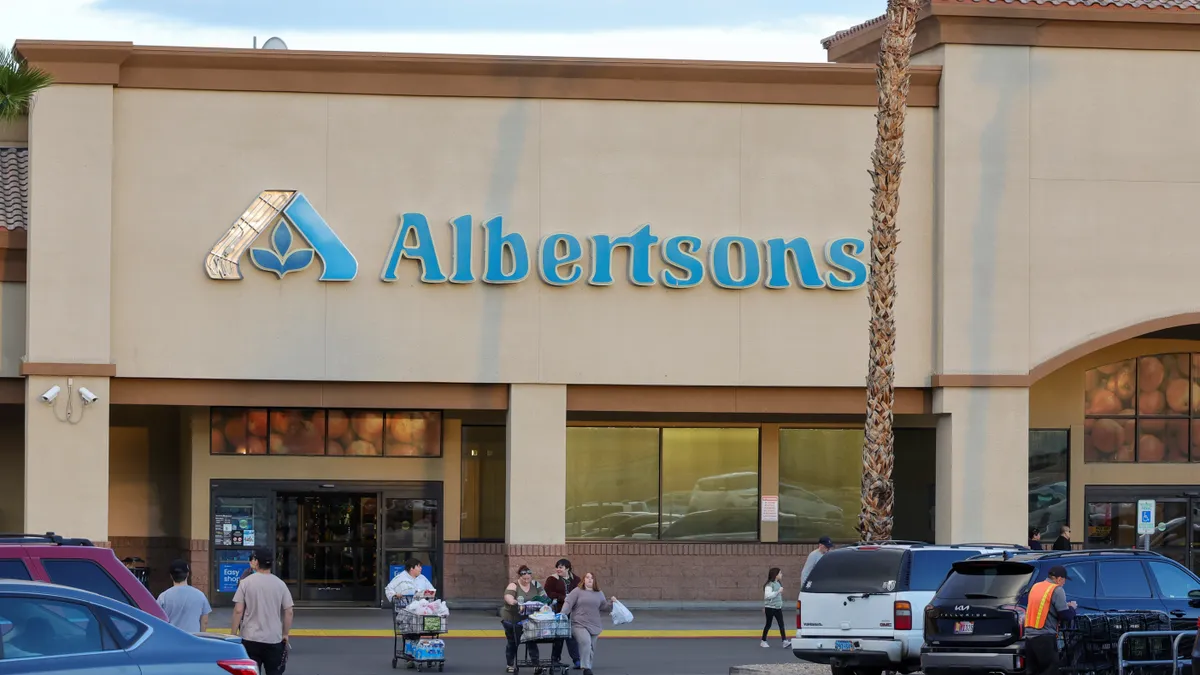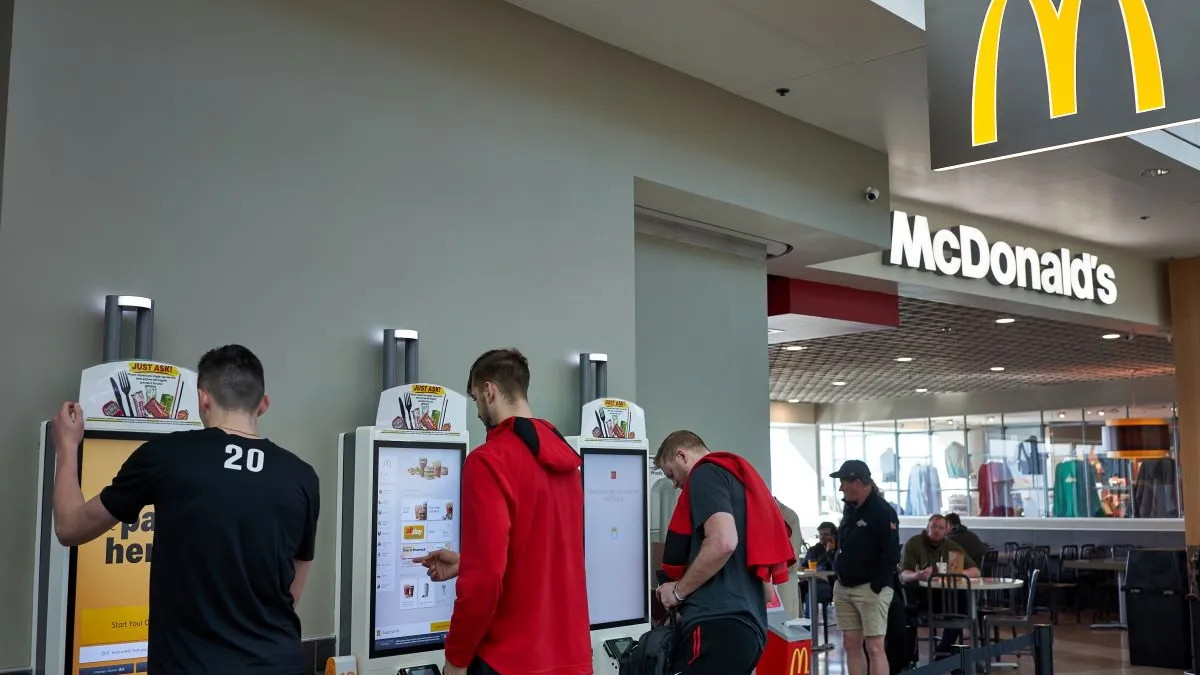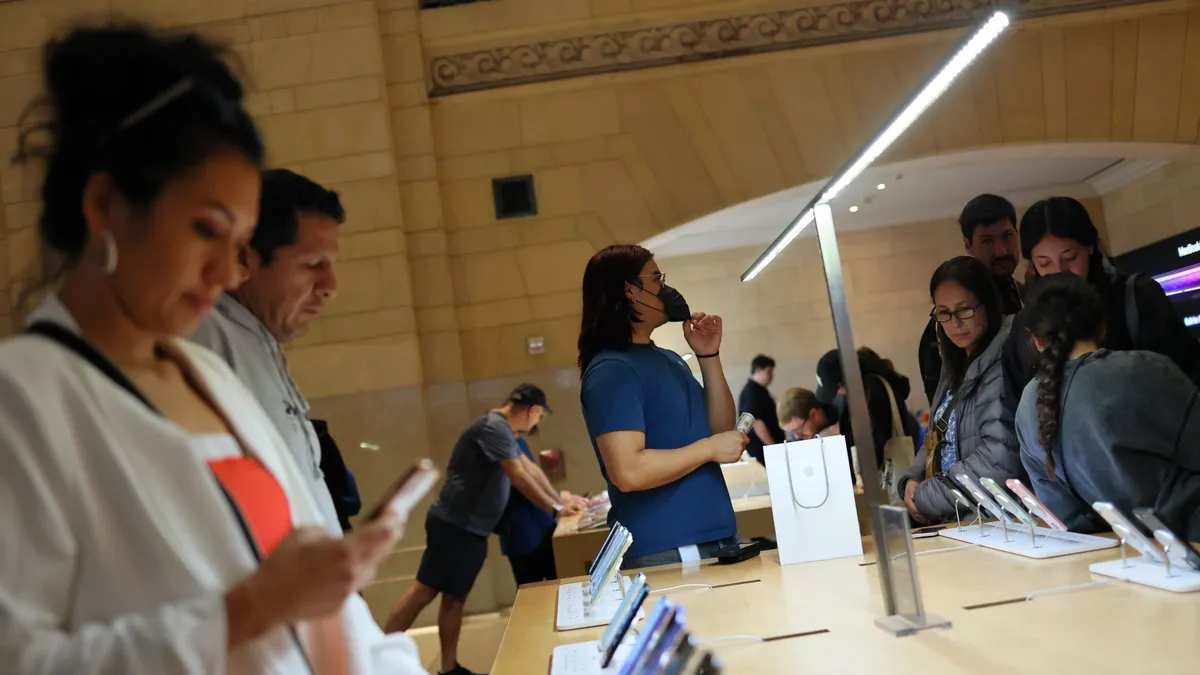In the wake of its June IPO, Cava has turned a profit and posted significant traffic gains — standing out from many competitors who reported flat or dwindling visits.
The Mediterranean fast casual is looking to deepen engagement with existing customers and win new fans by extending the customization its serving line offers through catering expansion and a new loyalty program.
“We've had catering requested since our very first restaurant,” CEO Brett Schulman said of the program, which Cava launched in 2021. “But we were mindful that — given our robust average unit volumes — many of our restaurants may not have the capacity to produce catering in addition to the in-restaurant and digital production that they're already doing.”
Cava is experimenting with how to best expand its catering offerings, even as it’s already established itself as capable of providing something for everyone, no matter their specific dietary needs.
At the same time, Cava is piloting an updated rewards structure that allows diners to save up points and redeem a greater variety of rewards, yielding a personalized experience. Restaurant Dive spoke with Schulman about Cava’s catering and loyalty strategy, and how customization can offer a competitive sense of value in an inflationary environment.
“[The new loyalty offering] builds deeper and more meaningful connections with our guests and allows us to have conversations with them in a much more specific, bespoke way,” Schulman said. “What we try and do every day is put forward a really great value proposition for our guests and work on their behalf to mitigate some of the inflationary pressures we've all been dealing with.”
This interview has been edited for clarity and brevity.
A lot of major chains are making catering plays. What is Cava’s niche in this space?
Our food is a natural fit catering. And it certainly has some broad appeal, as it does as a regular meal.
As we've tested catering, we've had plenty of demand — all the demand that the hubs can support. We catered for almost every Major League Baseball team this summer, including the Texas Rangers during their World Series run. We’ve catered things like the University of Southern California football team in or the University of North Carolina women’s volleyball team, or the Los Angeles Lakers when they were in the playoffs last spring. When Harry Styles was in Dallas about a year or so ago, we catered their team before the concert. And we certainly cater for a lot of corporate headquarters in New York City, as well as schools, secondary schools or college campuses.
When you think about having a large group, we have cuisine that can be customized to meet every one of those people’s specific needs, or whether you’re vegetarian, whether you want to eliminate gluten from your diet.
That kind of personalization is a growing expectation for diners. How does your loyalty program test approach customization?
We launched our test pilot in Houston last week. So in that market, you will have multiple options at different points levels to redeem, whether for a free bag of our pita chips, or one of our seasonal juices, or half off an entree, or a kid's meal. We're going to be testing and learning what different types of rewards at different redemption values are most relevant to our guests.
And if you’re an app user, you noticed we converted our user experience and our rewards model from a dollar-based, spend-X-get-Y construct to a bankable points model. So nationally, you get 10 points for every dollar you spend. That’s a placeholder while we do the test pilot: you get to bank points, and you get to use those points on different rewards.
What’s the timeline?
We will start to test some of those different things we're seeing in Houston, nationally over the next six months, with a goal of relaunching the program in late 2024 based on everything we're learning in this test pilot.
What we launch in 2024 will be the end of the first phase of a multi-phase, multi-year journey of layering on greater personalization, greater gamification, and really driving a more two-way conversation in a personalized way with each and every guest.
Why the strategy change?
We know that our current paradigm is pretty transactional. And for our highest-frequency guests, it's not really driving deeper engagement. Many people don't even realize they're getting the credit, because it auto applies, so it’s not incremental value to them. And then our lower- and mid-tier users aren’t engaged in the program and it feels like the reward isn't as attainable. Because if you don't spend $88, within six months, you go back to zero. So they aren't engaged in the program and feel like that reward is out of their reach.
So the goal of our bankable points model is to give customers rewards that are more easily attainable, create better engagement and better frequency.
The other opportunity with loyalty for us is to continue to drive more people into our loyalty pool. I think we've got a lot of opportunity in physical spaces to bring greater awareness to the program, and guide people into the program and help them enroll very easily. Also, when you think about the declining efficacy of third-party data, given some of the changes in privacy laws, it's increasingly important that we grow the robustness of our first-party data and our own audience, and then make sure we're engaging with that audience in a personal way.



